The year 2024 marks the 450th anniversary of the death of Giorgio Vasari, a multifaceted artist, architect and Renaissance art historian. The city of Arezzo, his native land, is hosting a major commemorative event entitled Vasari. The Theater of Virtues, an exceptional exhibition, curated by Cristina Acidini with the collaboration of Alessandra Baroni, that will bring together more than 100 works including monumental altarpieces, drawings and masterpieces, many of them from prestigious institutions such as the Metropolitan Museum of Art in New York, theAlbertina Museum in Vienna and the Musée du Louvre in Paris, as well as national treasures held by the Uffizi Galleries and other Italian museums.
The exhibition, which will run from Oct. 31, 2024, to Feb. 2, 2025, at the Municipal Gallery of Modern and Contemporary Art and the spaces of theformer Church of Sant’Ignazio, is the culmination of a larger celebratory program entitled Arezzo. The City of Vasari. This system of events, promoted by the City of Arezzo and the Fondazione CR Firenze with Fondazione Guido d’Arezzo, aims to raise awareness and appreciation of the work of the celebrated Arezzo artist and his central role in the history of 16th-century art. The exhibition Vasari. The Theater of Virtues focuses on one of the most significant aspects of Vasari’s artistic production: his innovative use of allegory. Through a symbolic language that mixes the sacred and the profane, Vasari celebrated the figure of his patron, Grand Duke Cosimo I de’ Medici, and explored themes deeply connected to the culture of his time.
Representing the evocative power of allegory will be the famous Chimera, the Etruscan bronze preserved at the National Archaeological Museum in Florence. This extraordinary find, discovered in 1553 during excavations ordered by Cosimo de’ Medici himself, will be displayed as a symbol of an ancient civilization intertwined with the emerging modern Tuscan identity, and a witness to Vasari’s ability to link art to political propaganda.
The exhibition will feature plates, canvases, drawings and manuscripts from major international and private collections. It will feature works by Vasari and his contemporaries, offering a broad cross-section of the artist’s dense network of relationships with the leading patrons and intellectuals of his time. Prominent among them will be masterpieces previously unseen or rarely seen in Italy, such as theAllegory of Sleep and theAllegory of Oblivion, on loan from the Metropolitan Museum of Art in New York. There will be no shortage of grand altarpieces, such as theAllegory of the Immaculate Conception from the Church of the Holy Apostles in Florence and theAdoration of the Magi from the monumental complex of Santa Croce. These monumental works, which rarely leave their original locations, represent some of the most significant masterpieces of Vasari’s artistic production.
The exhibition will be divided into eight sections, each exploring a crucial aspect of Vasari’s career. The first section, Giorgio Vasari, a Giant of Art, will be devoted to his figure as an artist and architect, highlighting his ties with the Medici, his friendship with Michelangelo, and his relationships with artists such as Bronzino and Stradano, author of theUffizi Self-Portrait that celebrates Vasari’s role at the grand duke’s court. The section The Young Vasari: An Education of Excellence will document the artist’s humanistic education and his early emergence as a painter, with masterpieces from his early Florentine phase such as the Temptations of St. Jerome, normally displayed in the Uffizi. A special focus will be placed on The Apotheosis of the Virtues, devoted to the birth of allegorical language in Vasari, with works such as the preparatory study for the fresco of the Room of the Elements in the Palazzo Vecchio, where allegorical symbols assume central importance. A particularly interesting section will be on La Chimera, Vasari and the Duke, in which Vasari ’s role as a skilled communicator in the service of Medici propaganda will be analyzed. The Chimera, besides being an artistic symbol, represented the triumph of Tuscan civilization under the rule of Grand Duke Cosimo. Attention will then turn to the founding of the Accademia delle Arti del Disegno, which took place under Vasari’s supervision. In this section, called The Academy of Drawing, the collaborations between the artist and prominent figures such as Salviati, Cellini, and Bronzino will be explored. Drawings will be the protagonists of the exhibition Il Disegno, padre delle Arti (Drawing, Father of the Arts ) while concluding the itinerary will be the section Pitture monumentali in chiese e basiliche (Monumental Paintings in Churches and Basilicas ) with four spectacular altarpieces that Vasari painted between 1545 and 1569, none of which ever left its original location during the last two centuries.
On the occasion of the exhibition, specific educational paths have been created to involve even the youngest audience. The"Meet Giorgio Vasari" project offers interactive and playful experiences for children and young people, from kindergarten level up to secondary schools, with the aim of making art accessible to all. This educational approach aims to stimulate curiosity about the art world through participatory and innovative activities. Carrying out the visits will be the staff of La Casa sull’Albero bookstore, which in 2019 won the Andersen Prize as the best Italian children’s bookstore.
The exhibition has the sponsorship of Estra as main sponsor and Unoaerre, SECO SPA, Caurum, Unicoop Firenze as sponsors, and the patronage of the Ministry of Culture. Technical sponsor DUAL Italia, Flavio Buonagurelli Broker Assicurativo, graphic design by Wml Design. Hours: Mondays, Wednesdays, Thursdays and Fridays 10am-6pm, Saturdays and Sundays 10am-7pm, closed Tuesdays. For more information on tickets, opening hours and reservations for guided tours, you can visit the official website www.vasari450.it.
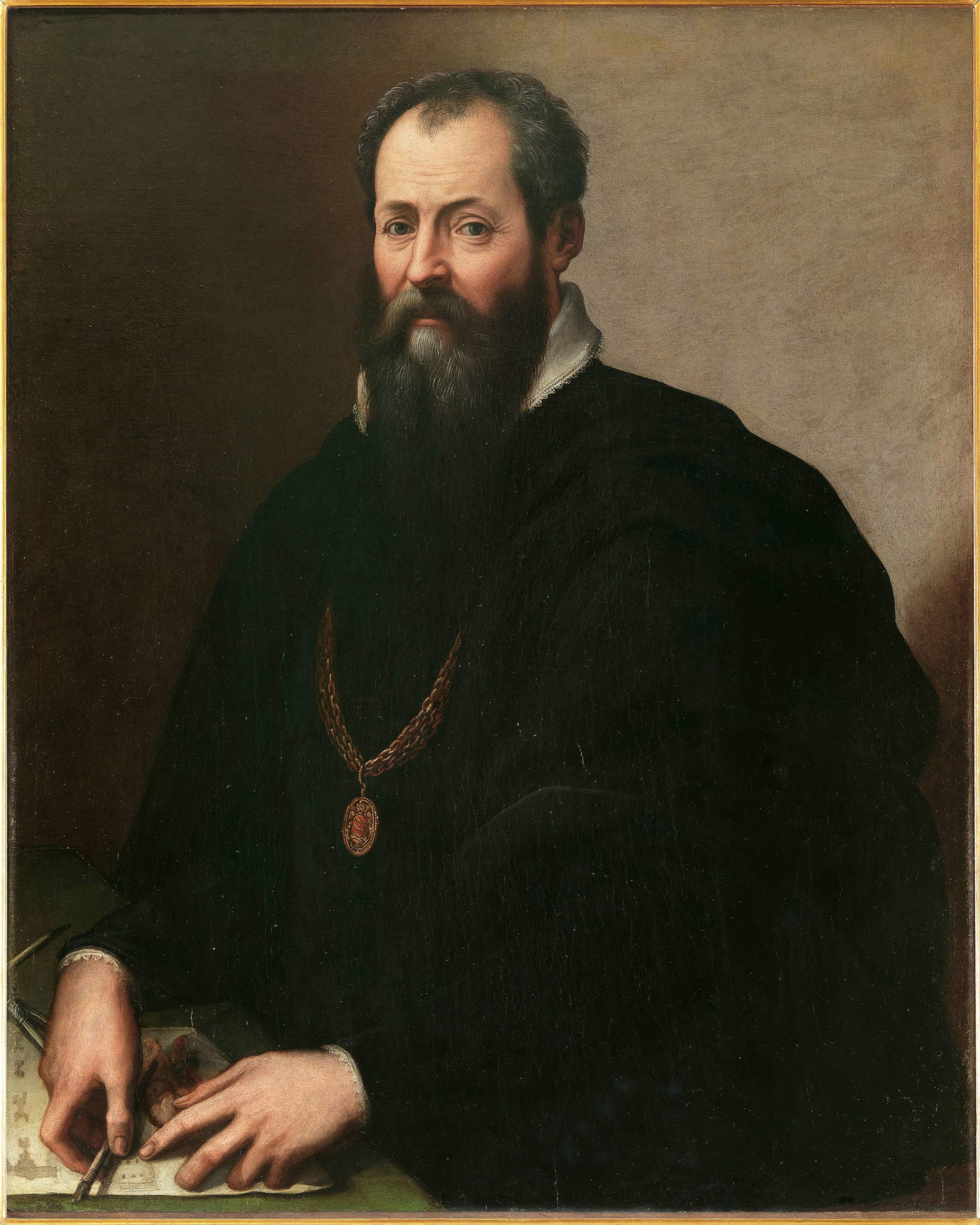
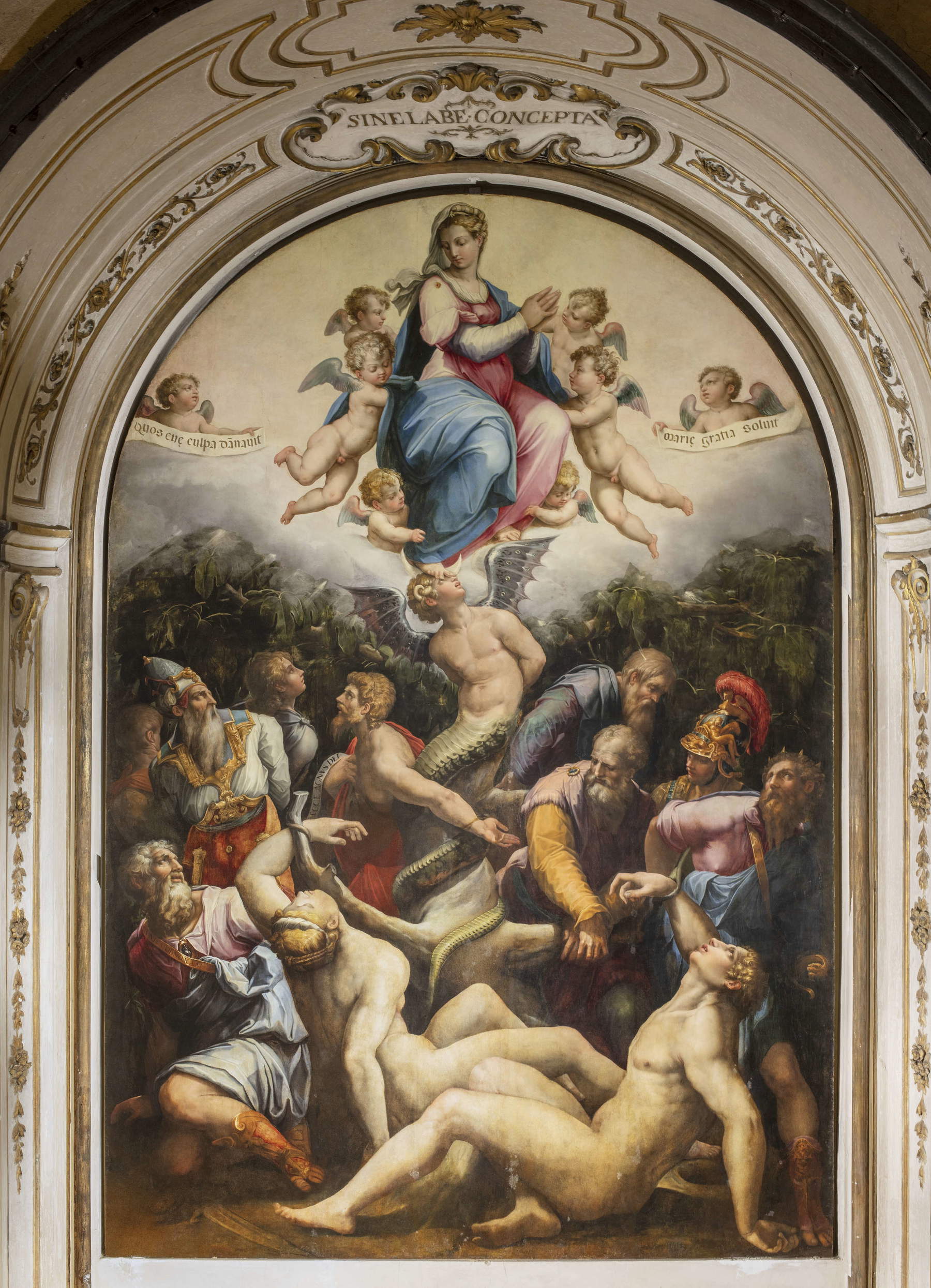
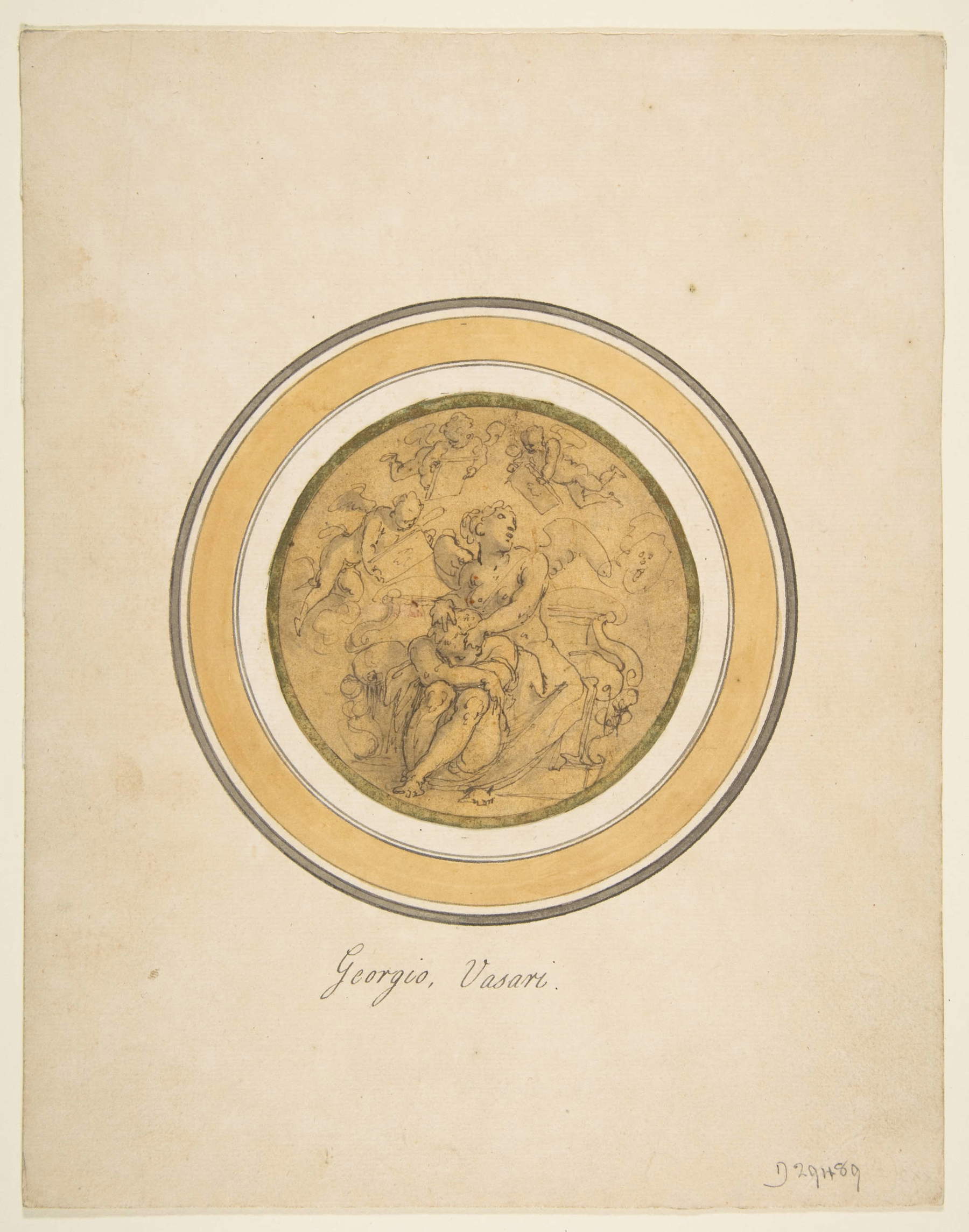
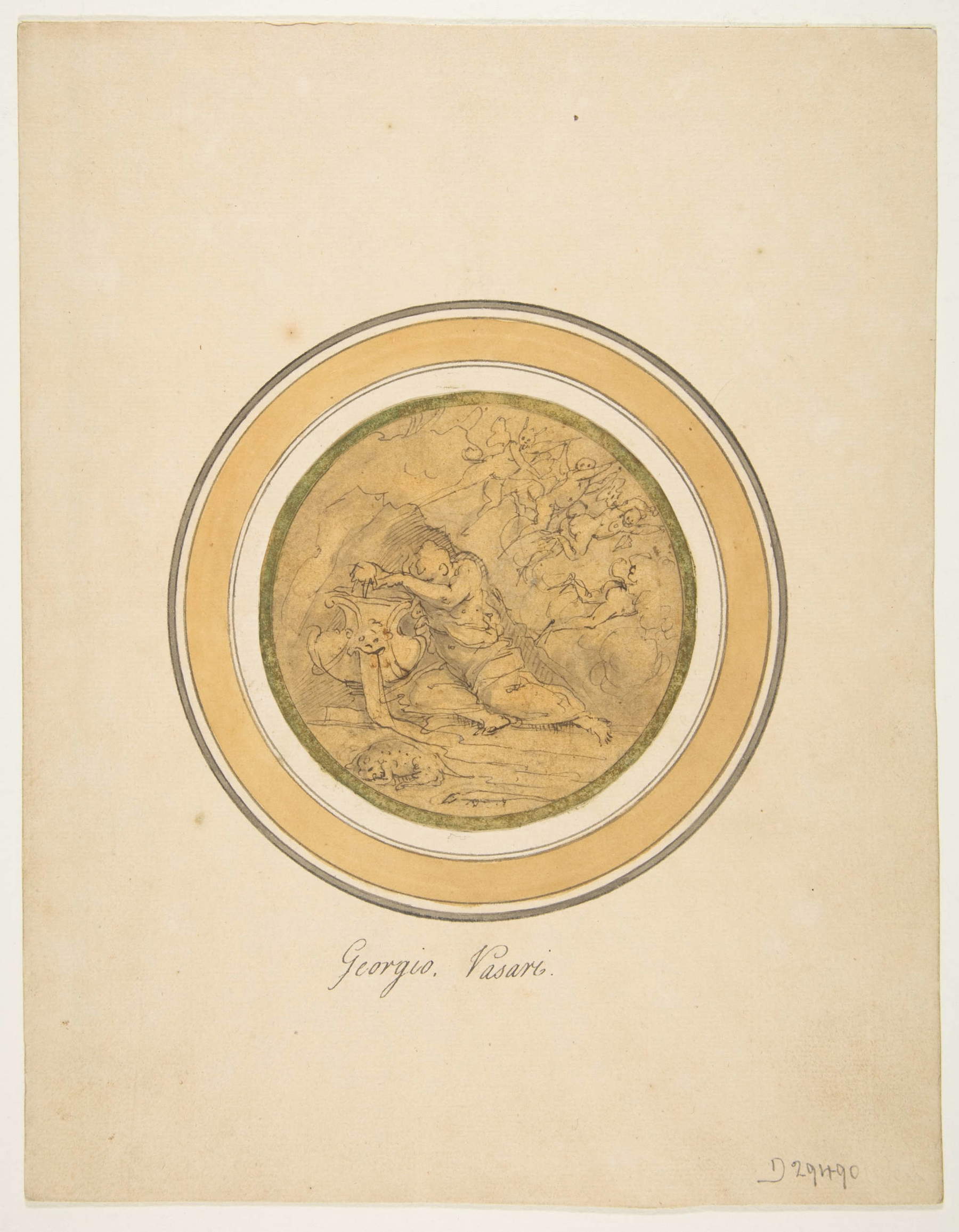
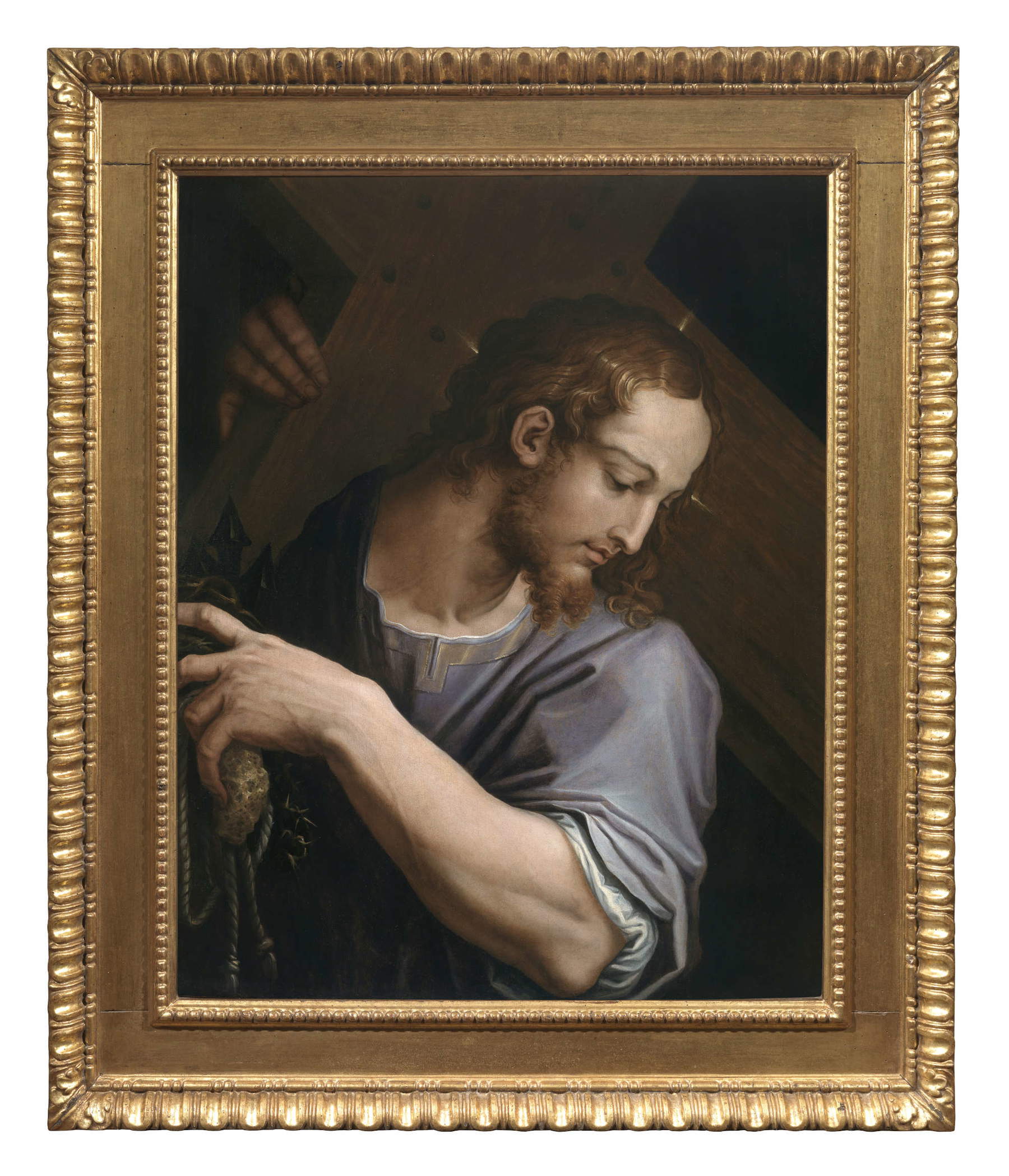
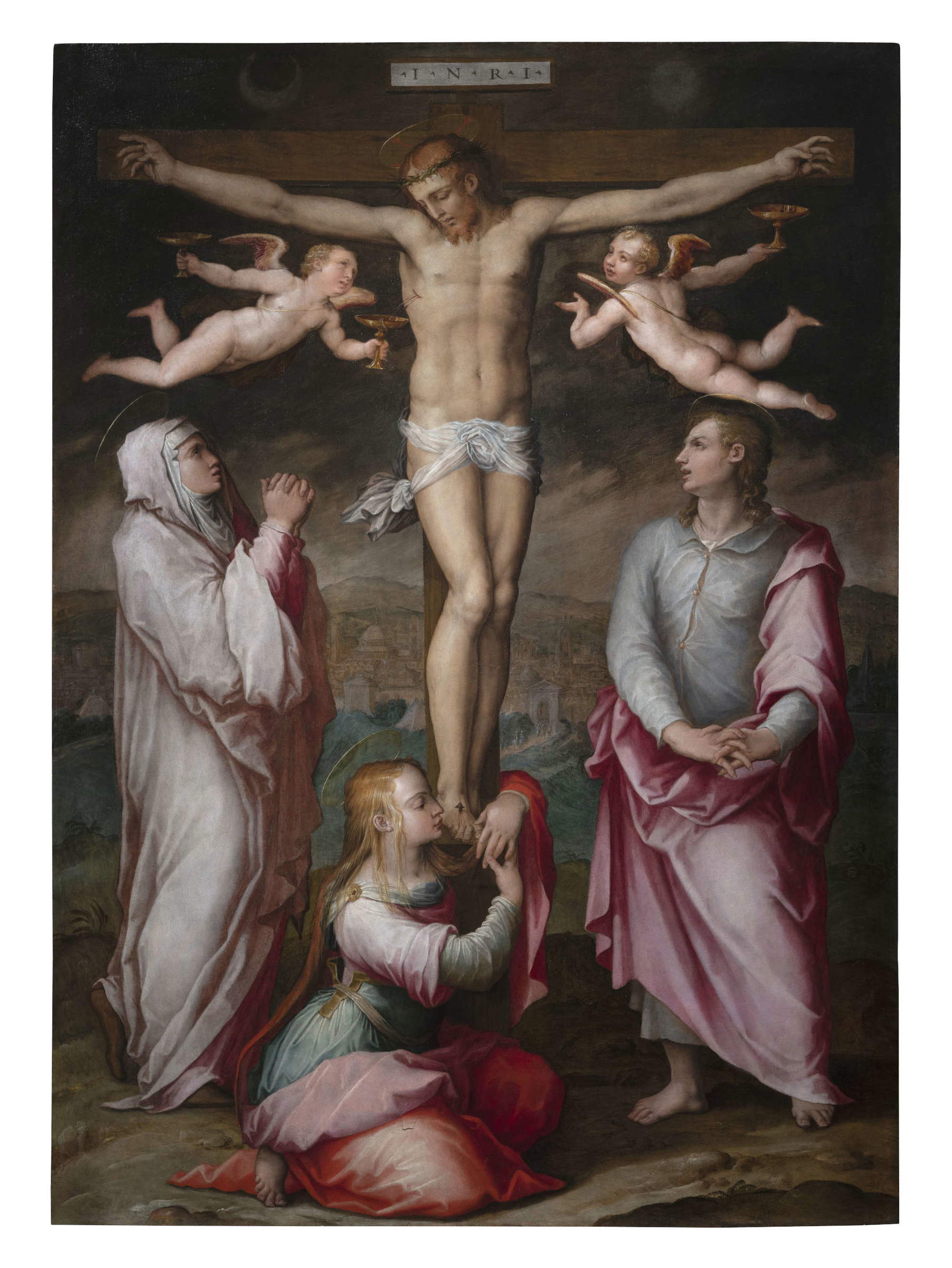
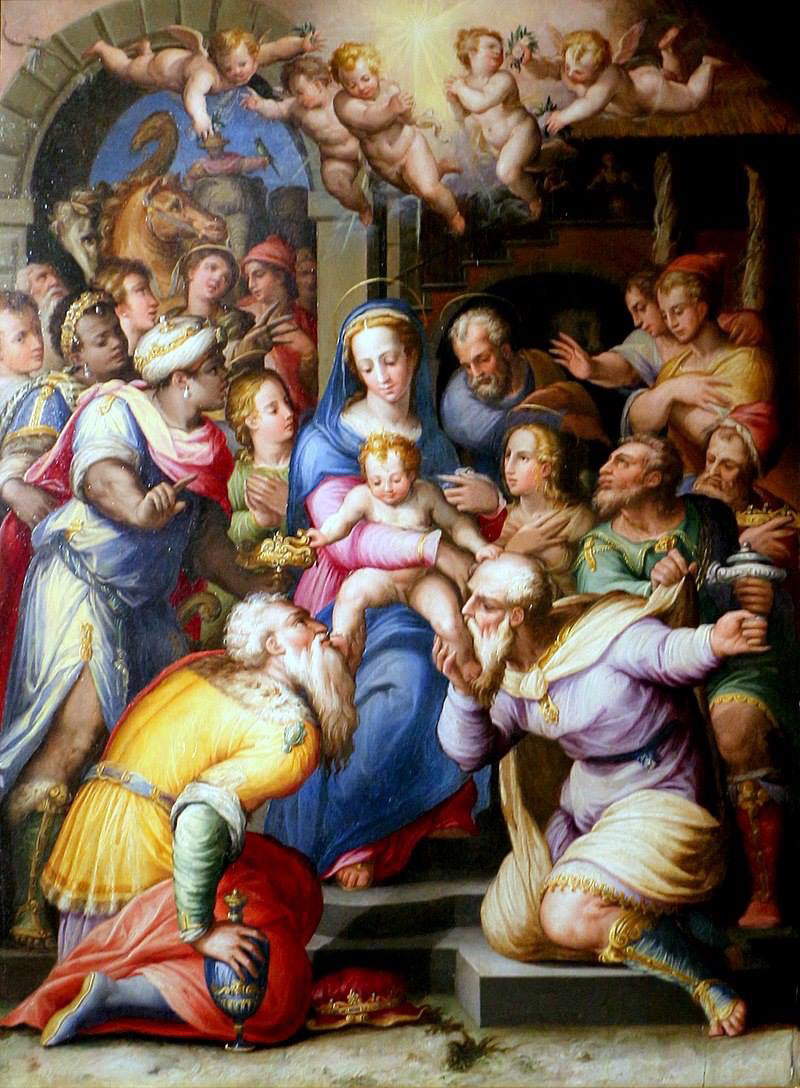
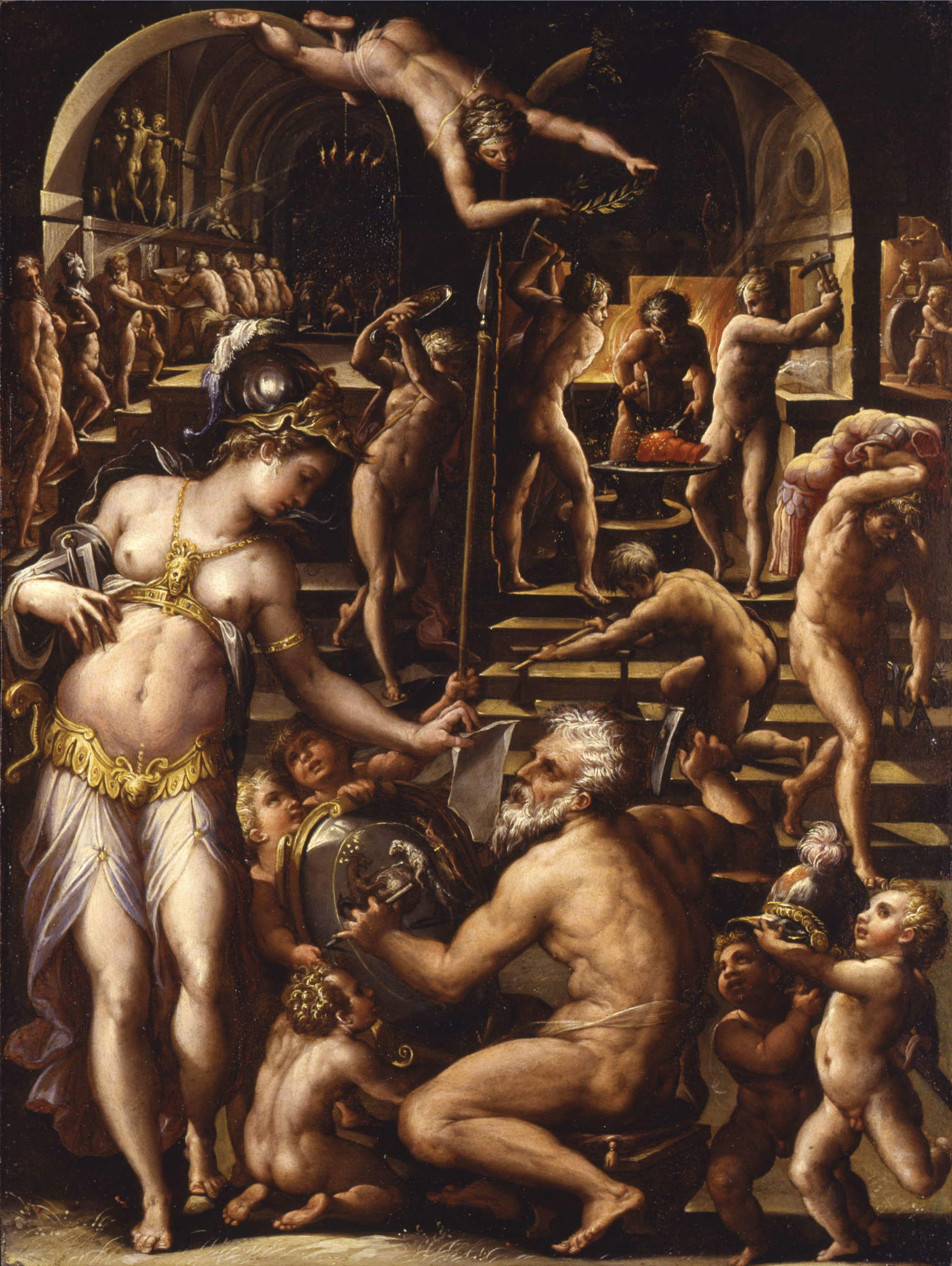
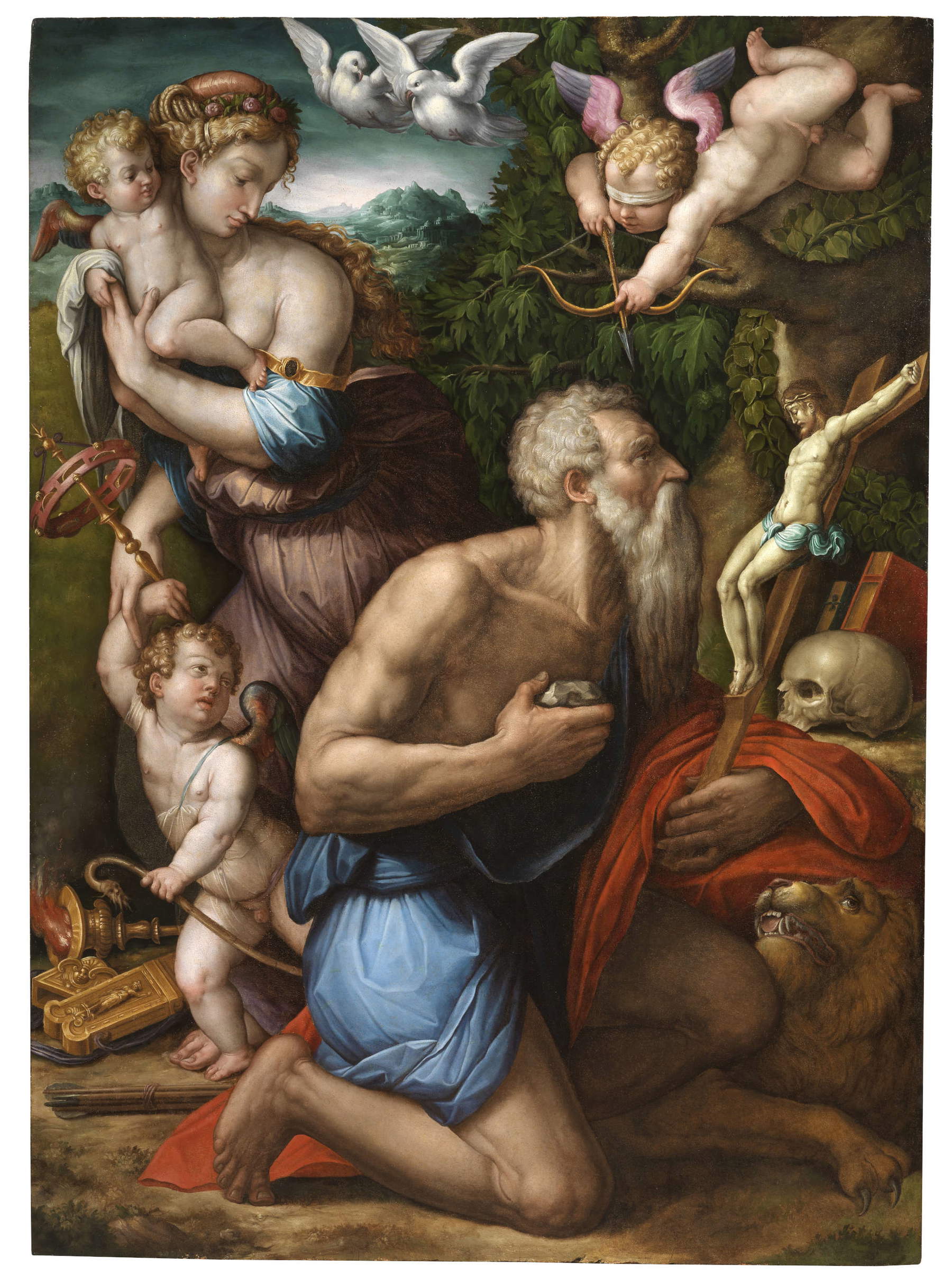
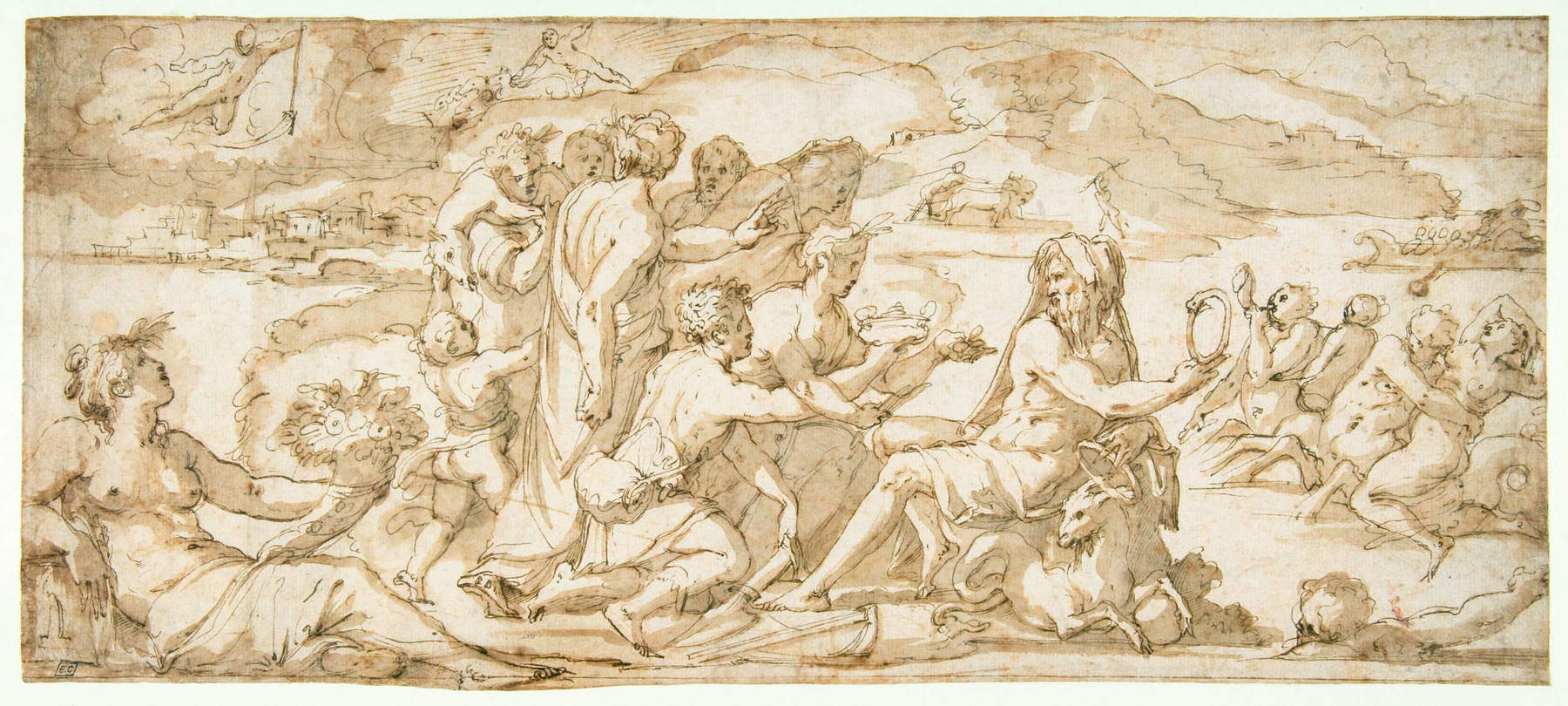
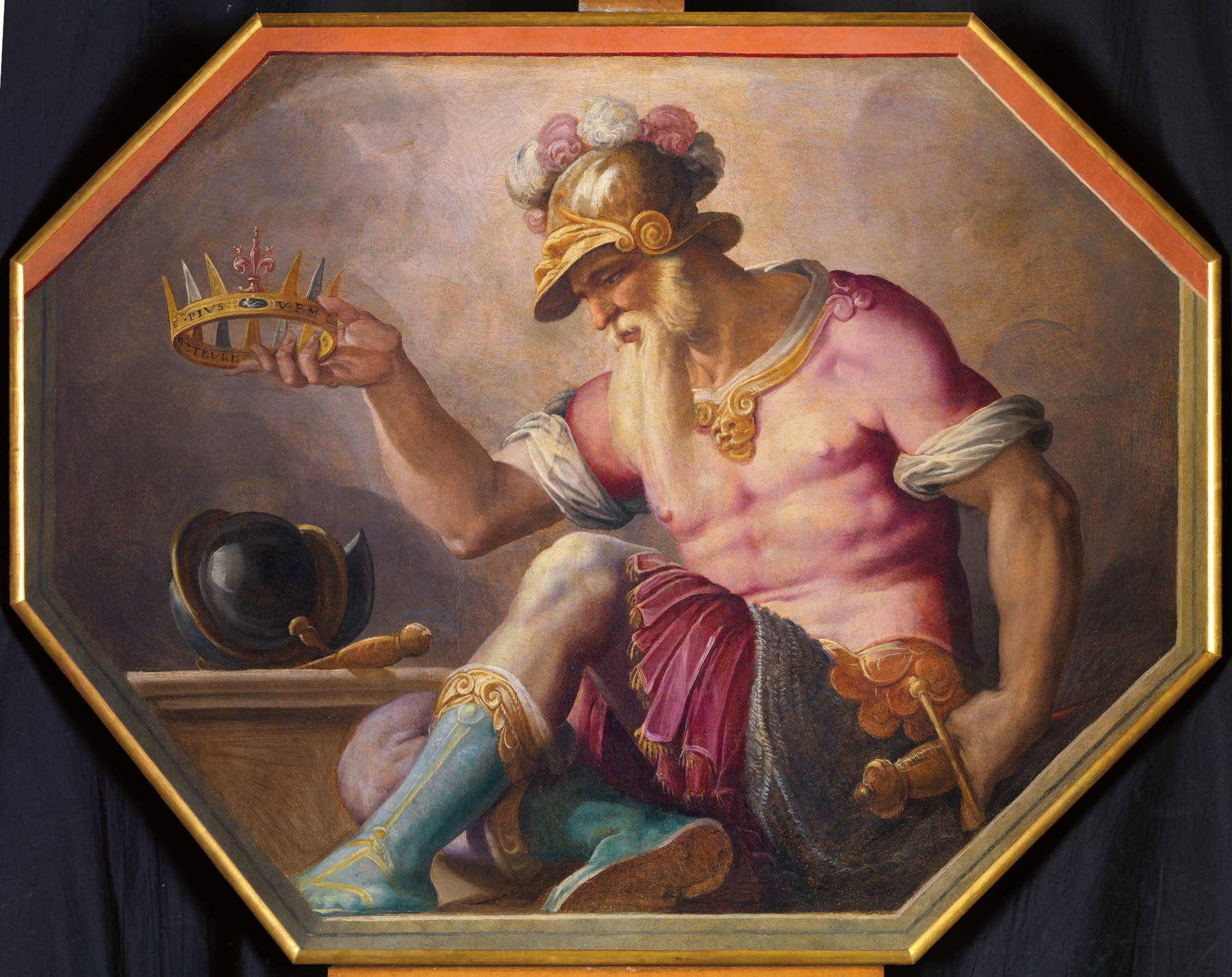
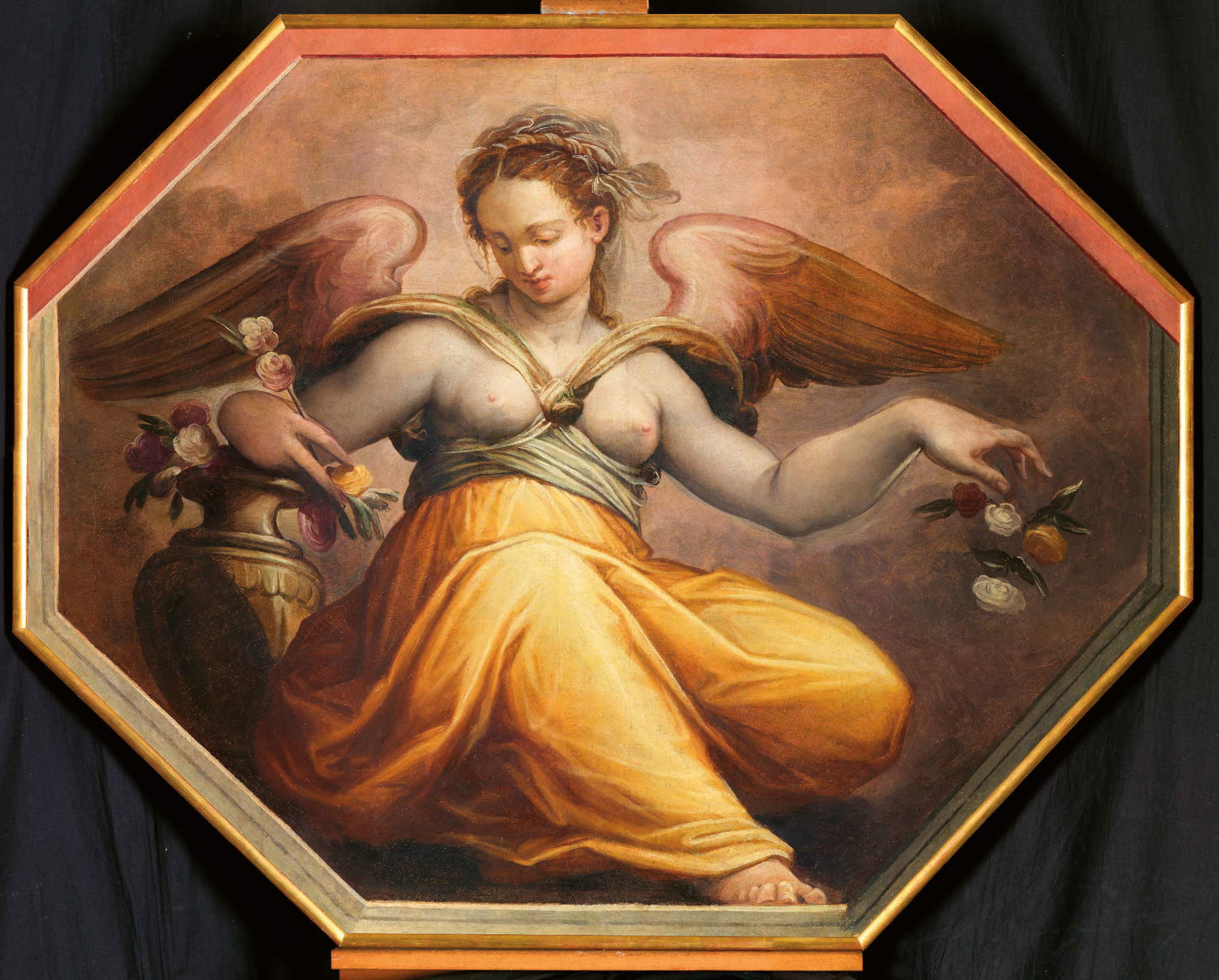
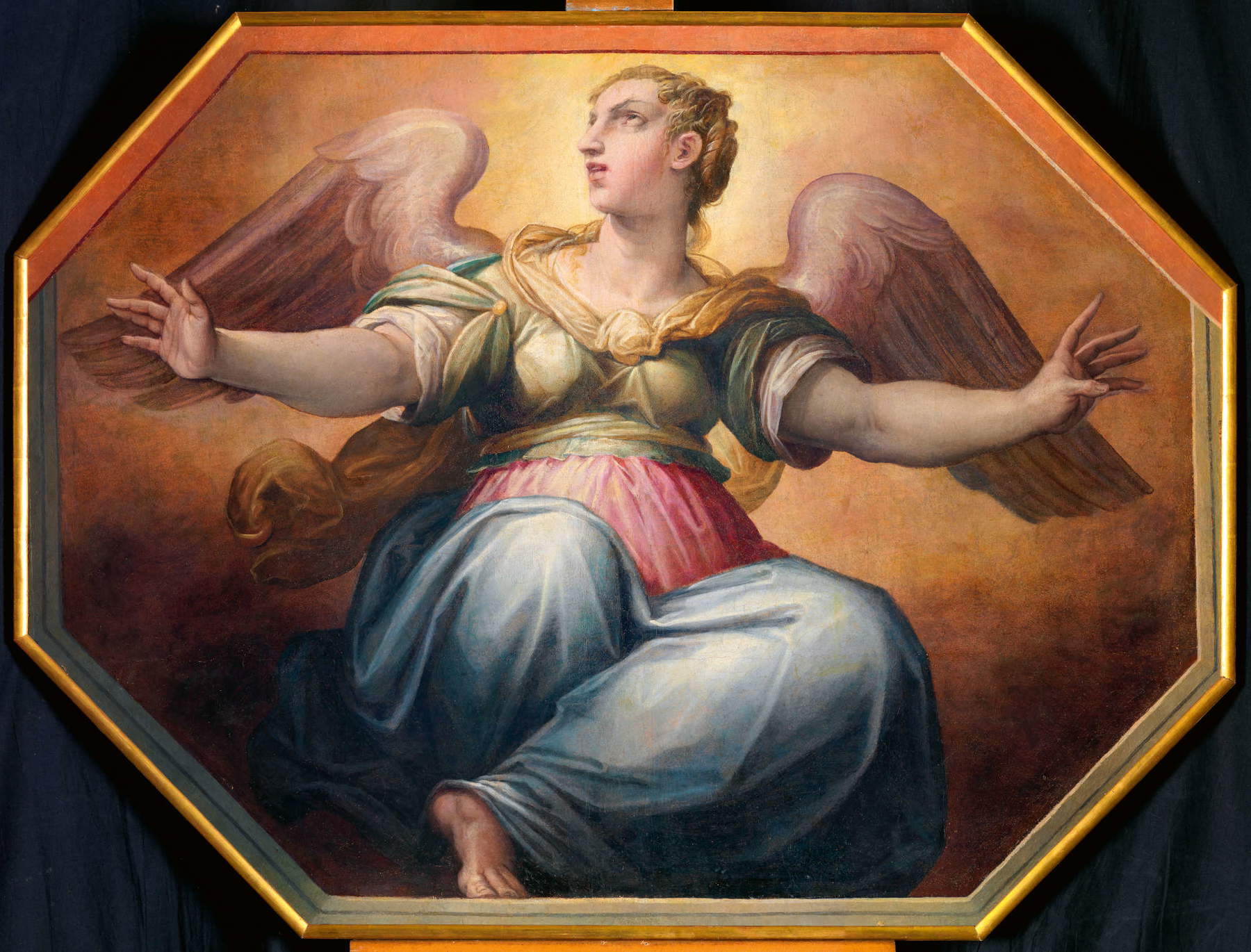
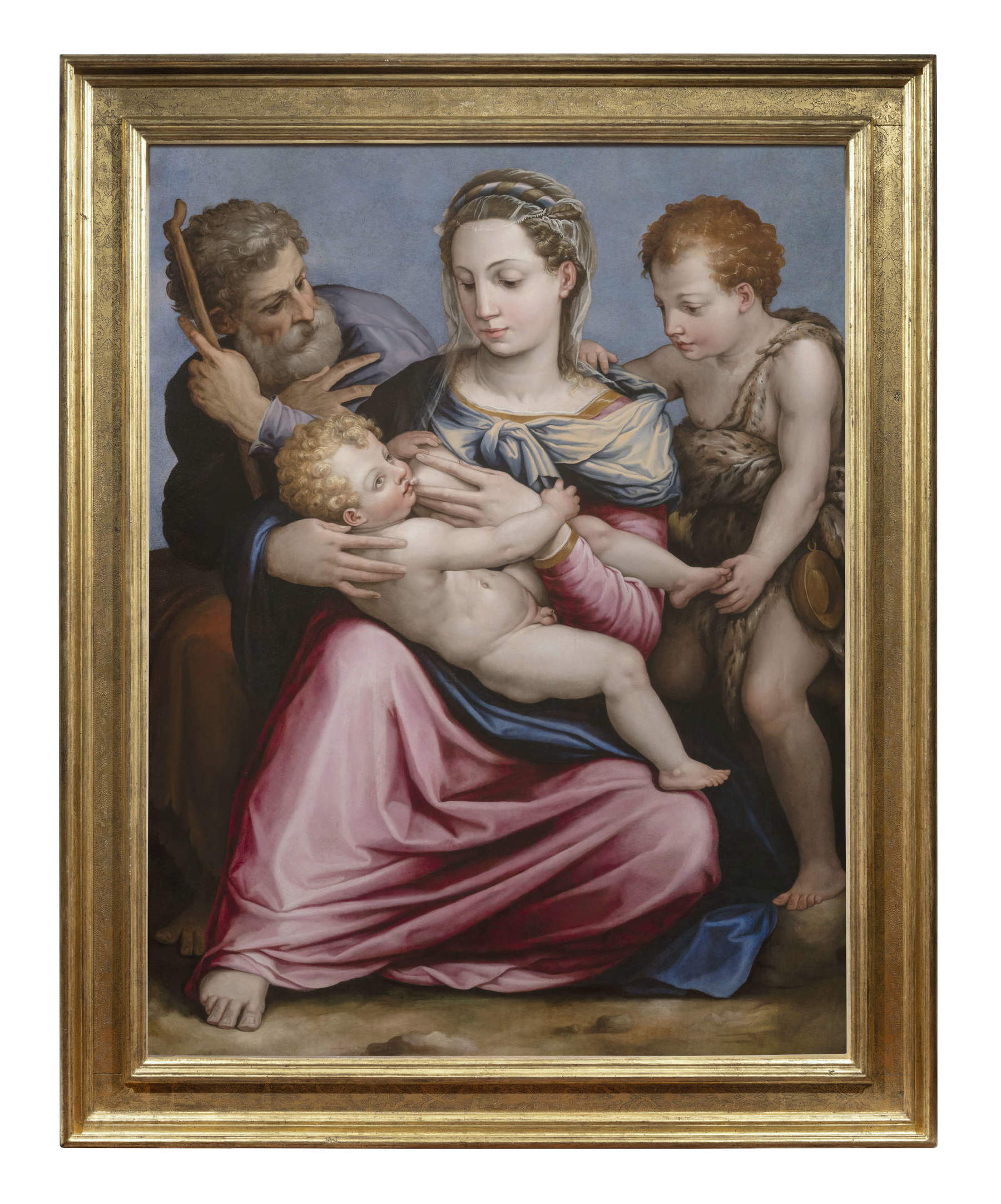
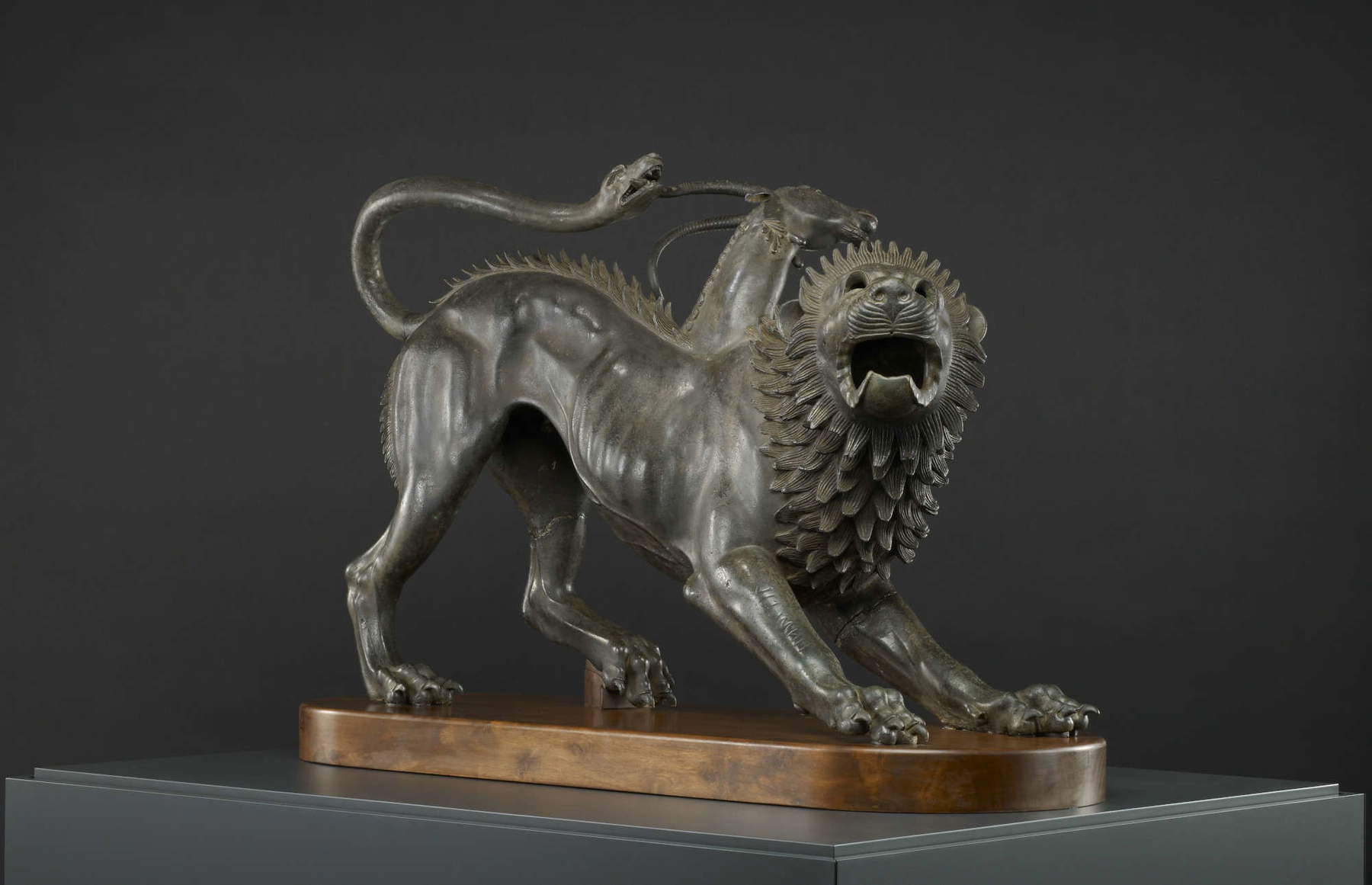
“The Vasarian Year has brought Arezzo to the center of national artistic interest,” says Alessandro Ghinelli, mayor of Arezzo, "and has contributed decisively to affirming its acquired characteristic as a city of art and culture, chosen as a privileged destination by an ever-increasing number of national and international visitors: to them, all the events that have taken place so far, and this Vasari International Exhibition. Teatro delle Virtù will offer a special opportunity to appreciate the extraordinary beauty it preserves and to admire the genius of Vasari, a multifaceted artist and sensitive interpreter of his time."
“This international exhibition,” says Bernabò Bocca, President of Fondazione CR Firenze, “seals and comes to complete, in a very effective way, this fascinating journey into ’planet Vasari’ that our Institution has supported with great conviction. A journey full of proposals and events that combine, to the absolute scientific value, a strong popular aspect that has been greatly appreciated by the public. A program that also marked a model of happy public-private synergy that brought together, together with the Arezzo municipal administration, the best city institutions, along with scholars and experts of the highest level. We must increasingly know and value our most illustrious past to better understand what is happening to us and why it represents our roots, our culture, our identity.”
“Giorgio Vasari was a protagonist of Italian and European culture,” adds Francesco Macrì, president of Estra. “The 450th anniversary of his death has been identified by the Guido d’Arezzo Foundation as an opportunity to reflect not only on this artist, architect and writer but also on 16th-century society and culture. A high-profile project that Estra has decided to share in relation to its constant attention to the history and culture of the territories in which it carries out its function, which is not only entrepreneurial but also an active part of the local community in all its different expressions.”
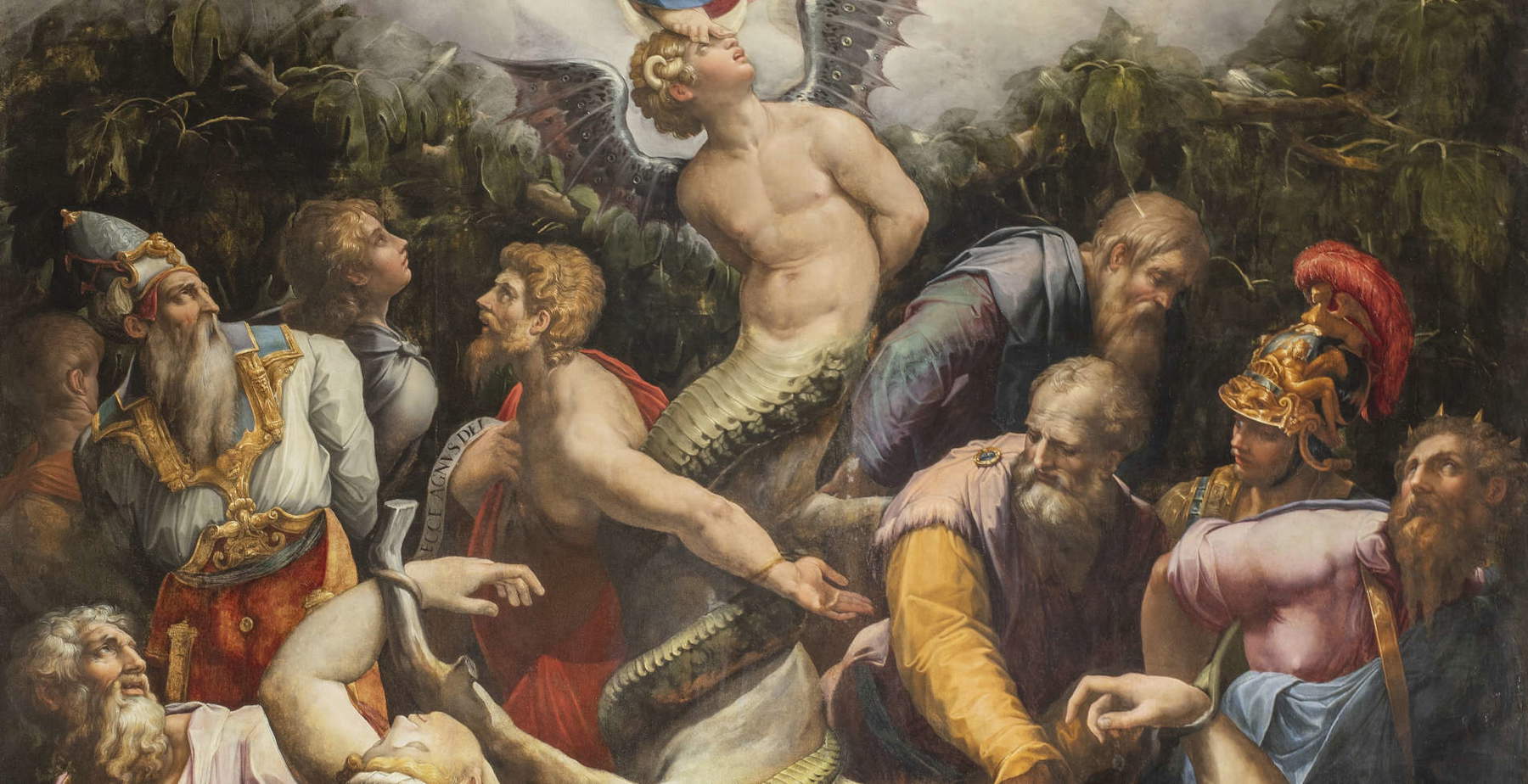 |
| Major exhibition on Giorgio Vasari in Arezzo: more than 100 works for anniversary |
Warning: the translation into English of the original Italian article was created using automatic tools. We undertake to review all articles, but we do not guarantee the total absence of inaccuracies in the translation due to the program. You can find the original by clicking on the ITA button. If you find any mistake,please contact us.